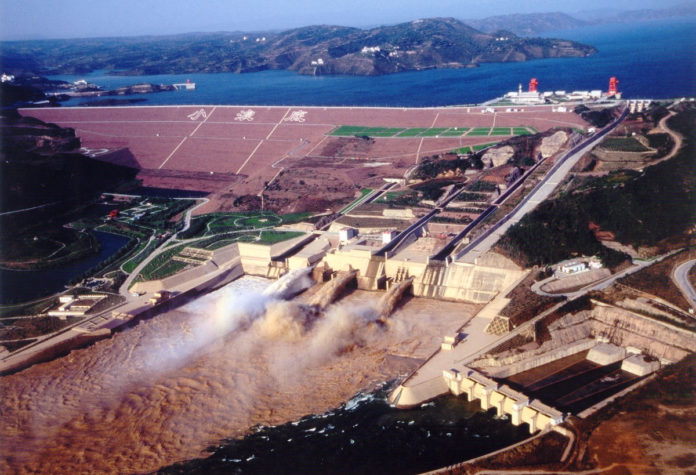Water levels in rivers and lakes across south China have now risen higher than the near-unprecedented levels seen in the historic floods of 1998. The development has many worried for similar loss of life and damage to property; should we be concerned?
In 1998, China experienced massive flooding, that included the Yangtze River, the Nen River, the Songhua River and the Pearl River. Above average rainfall in the region for several months before and during the summer of 1998 brought double the normal amount of rainfall during the rainy season to most areas.
Some regions experienced levels as much as nearly three times their historical average. Combined with above average rainfall since the previous winter, this pushed water levels to above cautionary levels.
In all, 4,150 people died, and 180 million people were affected. 13.3 million houses were damaged or destroyed in what was considered the worst Northern China flood in 40 years.
Why all the loss? Simply, the country was unprepared
Today, it’s a different story. But parallels remain. The Poyang Lake Basin is facing its most severe flood control situation since 1998. A total of 433 rivers across the south of China have reported waters exceeding their cautionary levels.
In fact, in terms of precipitation, the average rainfall across the Yangtze River Basin since June stands at 369.9 millimetres, some 54.8 millimetres more than the same period in 1998 and the greatest since 1961.
In our very own Nanjing, water levels this year are the third highest in history, at 10.05 metres, some 1.35 metres over the 8.7-metre cautionary level. The Yangtze Evening News reports that only the water levels of 1998 and 1954 have been higher; 10.14 and 10.22 metres, respectively.
Today however, governments at all levels across the country have stronger abilities in their response to the threat of floods, while the construction of major water-conservancy projects has also been stepped up.
China’s Increased Capabilities Safeguard Water Safety
After the events of 1998, great importance was attached to ensuring they were not repeated. The Xiaolangdi Dam in Henan Province was completed ahead of schedule in spring of 1999 to help avoid another disaster, at a cost of US$3.5 billion. Elsewhere, and famously, US$32 billion was spent during the 12 years that it took build the Three Gorges Dam, finally complete in 2012.
In addition, some 312,000 kilometres of levees have been built, along with 98,800 large and small reservoirs, 104,000 sluices and 98 national flood storage and retention areas.
Technology has played its role too. Back in 1998, it took 2 hours to collect flood information from more than 3,300 sites across the country. Today, data from 120,000 stations is collected in less than 10 minutes, reports The Paper.
So while the water levels around us continue to rise, we can take a significant degree of comfort in the measures that have been put in place since that fateful summer 22 years ago.
At present, the rains upstream are forecast to continue, meaning that the water levels of the Yangtze in the Nanjing stretches are predicted to remain above 10 metres for the next 2 days at least.









